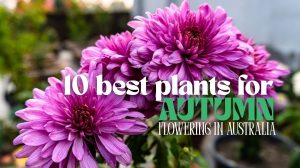10 Tips for a More Colourful Garden
Choose Plants that Give You Year Round Colour
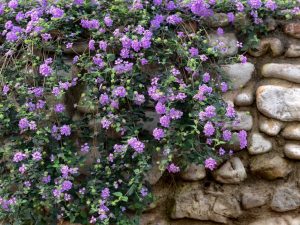
Many visitors to the nursery inquire about plants that bloom all year round, but it’s essential to understand that nothing flowers profusely all year. Some plants, like the purple trailing lantana or Polygala ‘Little Bibi’, do flower year-round, however, they will flower very sparsely at certain times and more profusely at other times.
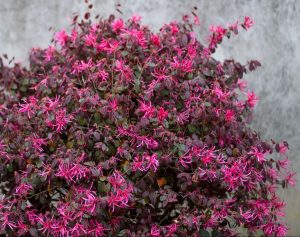
To achieve consistent year-round colour, consider plants with vibrant foliage, and possibly flowers. One excellent choice is Loropetalum ‘Plum Gorgeous’, showing off rich, purple foliage throughout the year and striking pink spring blossoms. Alternatively, Abelia ‘Kaleidoscope’ features brilliant gold, variegated leaves and occasional white flowers.
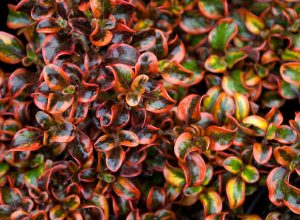 Other options for year-round colour include colourful flaxes, cordylines, and Coprosmas like ‘Evening Glow’ or ‘Tequila Sunrise’. Using these plants in your garden will enrich it with colour 365 days a year. There are so many other options, so don’t hesitate to ask your nursery staff or garden designer for more recommendations.
Other options for year-round colour include colourful flaxes, cordylines, and Coprosmas like ‘Evening Glow’ or ‘Tequila Sunrise’. Using these plants in your garden will enrich it with colour 365 days a year. There are so many other options, so don’t hesitate to ask your nursery staff or garden designer for more recommendations.
Selecting long-flowering plants is key to creating a garden that displays year-round colour. Here are some options you could consider: Brachyscome, Mona Lavender, Carpet Rose, Blue Lagoon Rosemary, French Lavender, Polygala, blue convolvulus, and white or purple Trailing Lantana. These plants typically flower for around four to seven months each year, filling your garden with a continuous supply of colour.
Repeat the Same Colour Combinations Throughout the Garden
I once came across a garden where a particular combination of colours was repeated four or five times throughout the entire space, and the impact was impressive. The centrepiece of the garden was a brilliant pink Agastache which was paired with white Shasta Daisies, with Avonview Lavender on one side and Blue Salvia on the other. This same combination was then echoed throughout the garden, creating a striking effect. You can experiment with colours and create your own unique combinations, there are so many possibilities!
To create a sense of depth and dimension in your garden, carefully place vibrant plants like a pink carpet rose in the foreground as well as at different points in the background. This not only brightens your garden with colour but also creates a sense of space and dimension.
Mass Plant Colourful Plants in Your Garden
When you come across a hardy, colourful, long flowering plant such as an African Daisy, take the opportunity to create an intense display of colour. Plant a large garden bed or create a border and enjoy the enormous impact of mass planting.



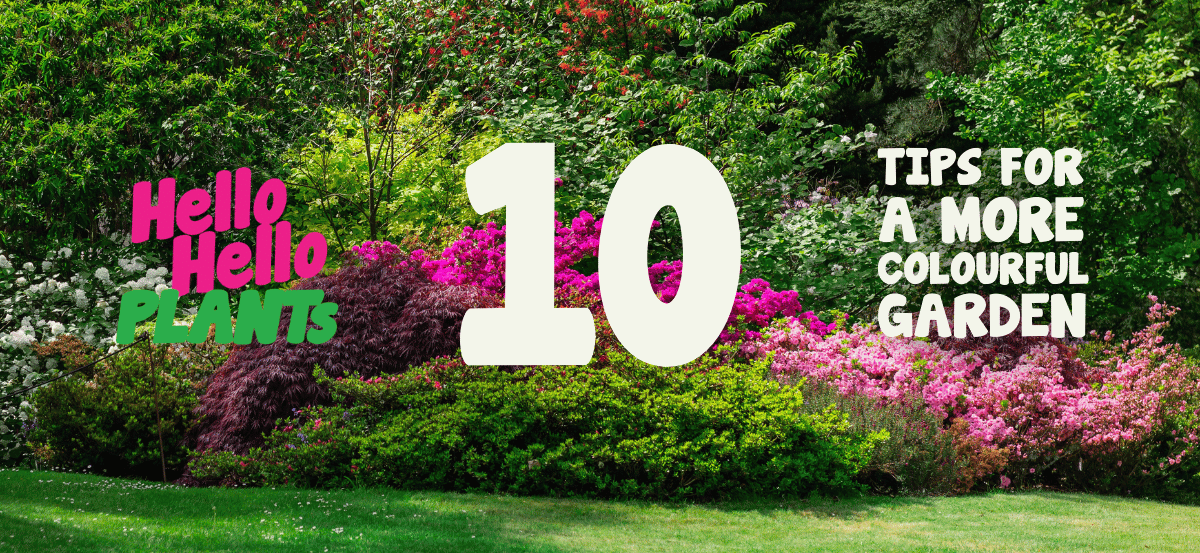
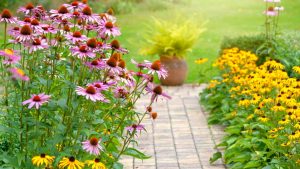 Colour can create so much interest in a garden and will make you want to walk around and admire the array of colours in your own backyard! When designed well, a colourful garden can be absolutely stunning.
Colour can create so much interest in a garden and will make you want to walk around and admire the array of colours in your own backyard! When designed well, a colourful garden can be absolutely stunning.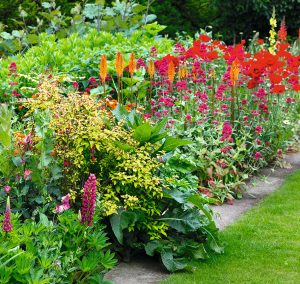
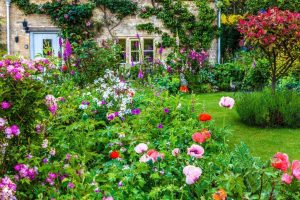
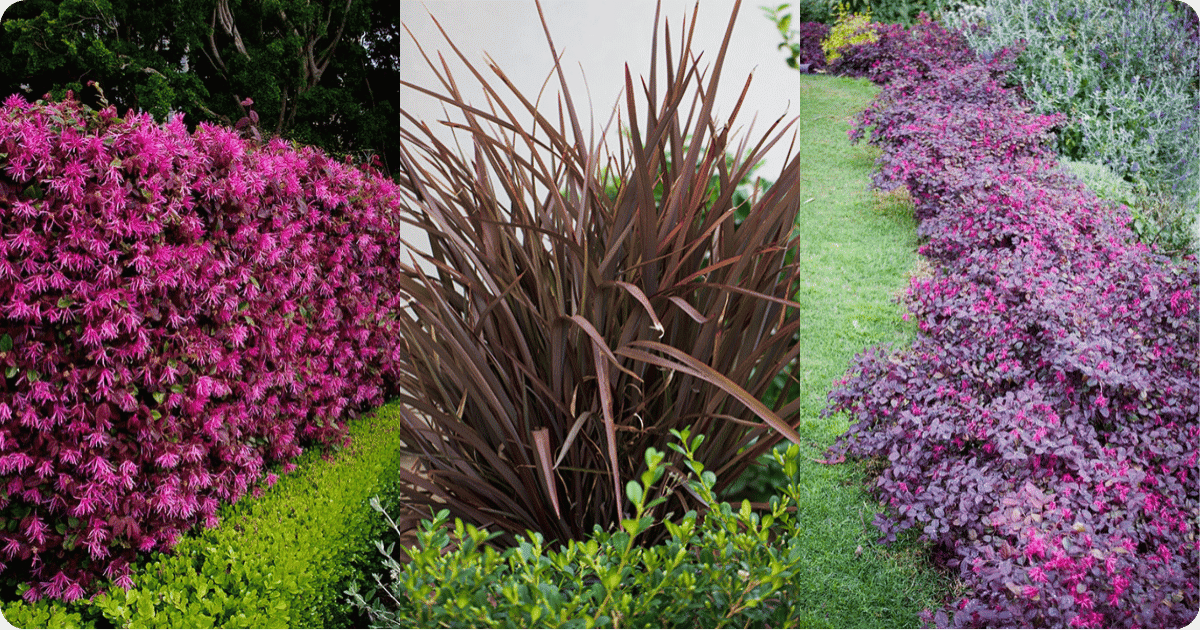









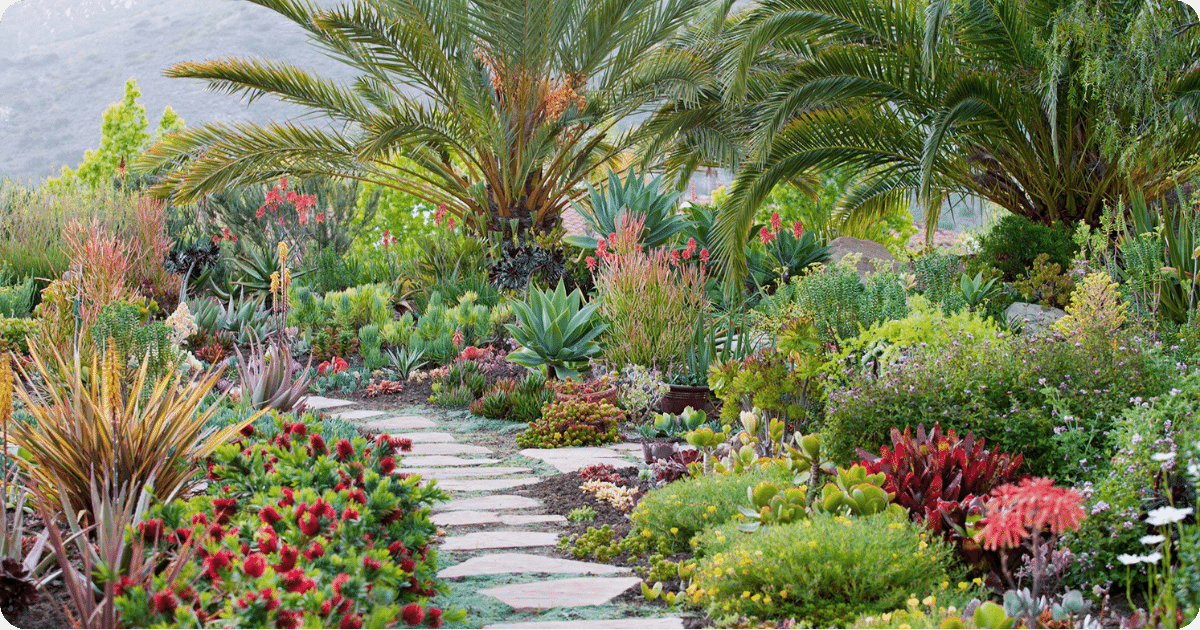
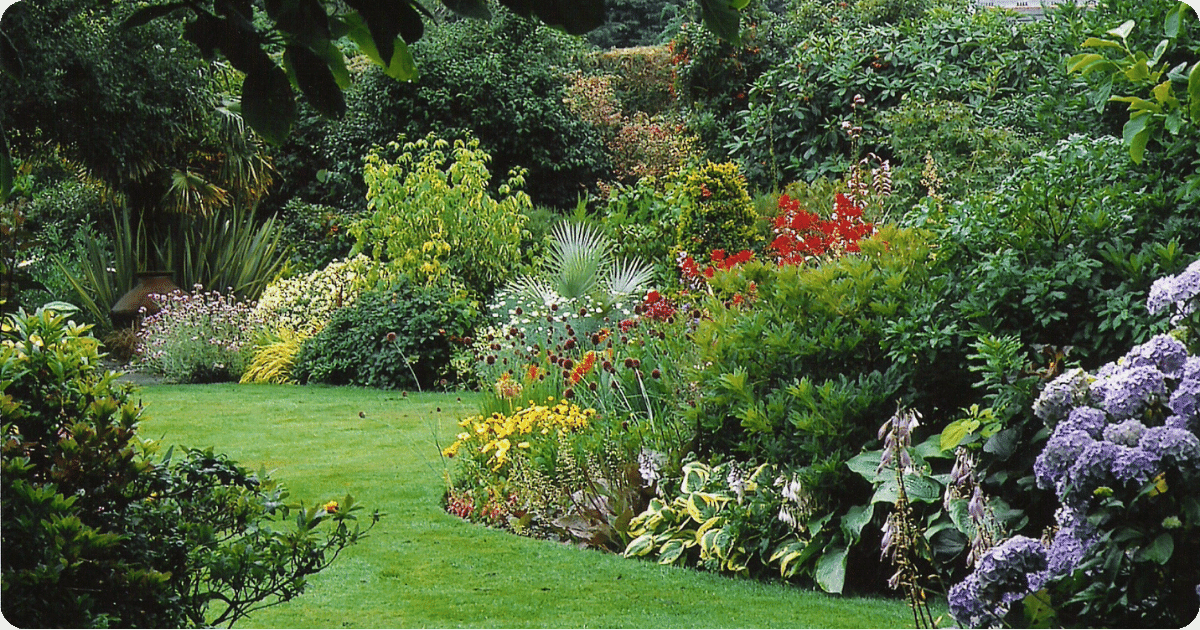
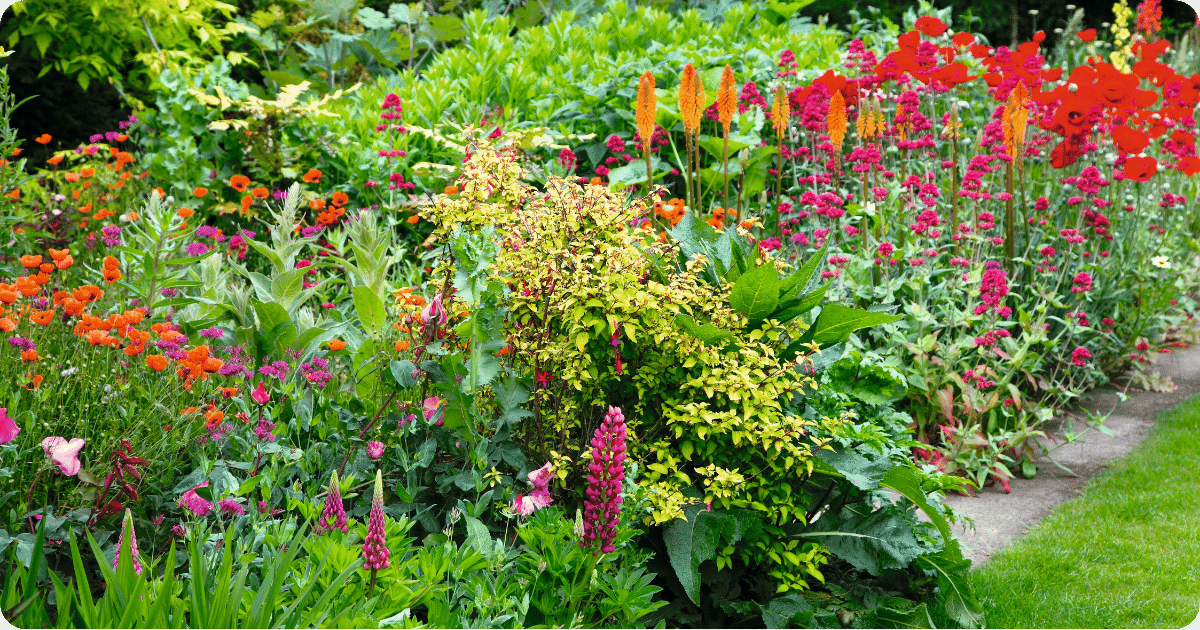
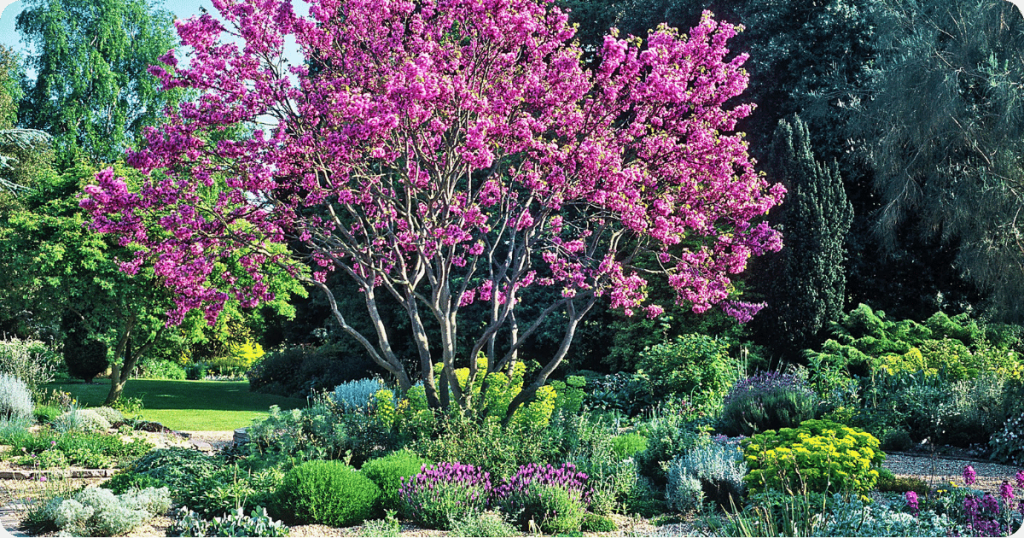

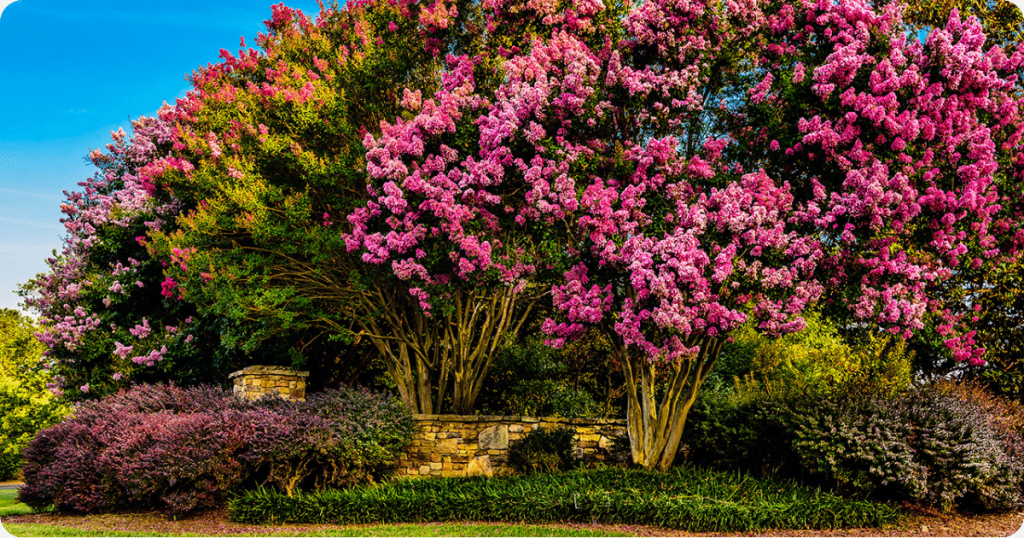
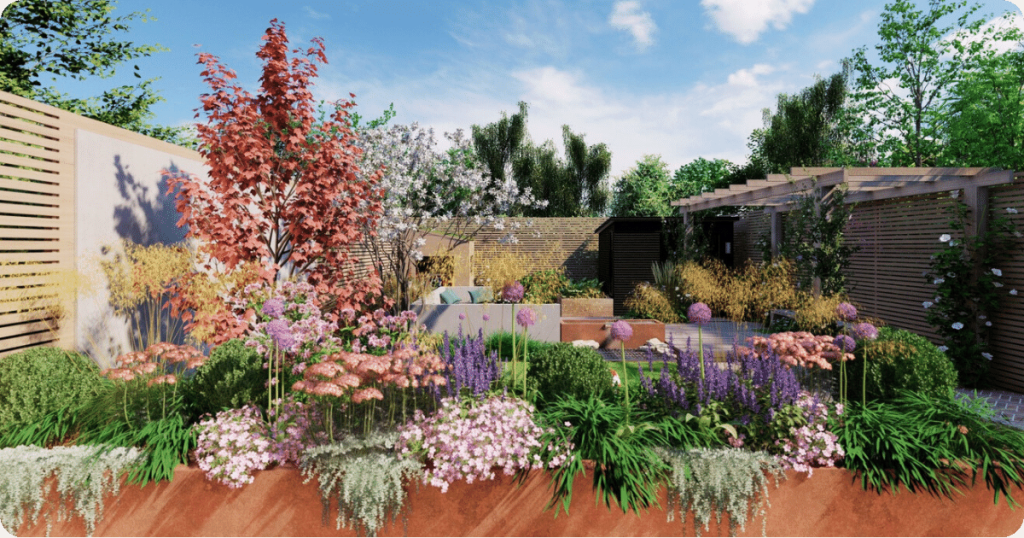
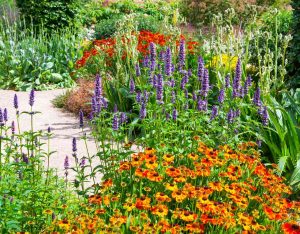 I recently saw a garden where the overall colour scheme was a combination of soft lemony yellows, delicate pinks, and pale blues. The resulting garden looked fabulous. The key here is putting together a coordinated colour combination and keeping it consistent throughout your garden. Doing this will create high-impact visual appeal and give you a beautiful garden to enjoy.
I recently saw a garden where the overall colour scheme was a combination of soft lemony yellows, delicate pinks, and pale blues. The resulting garden looked fabulous. The key here is putting together a coordinated colour combination and keeping it consistent throughout your garden. Doing this will create high-impact visual appeal and give you a beautiful garden to enjoy.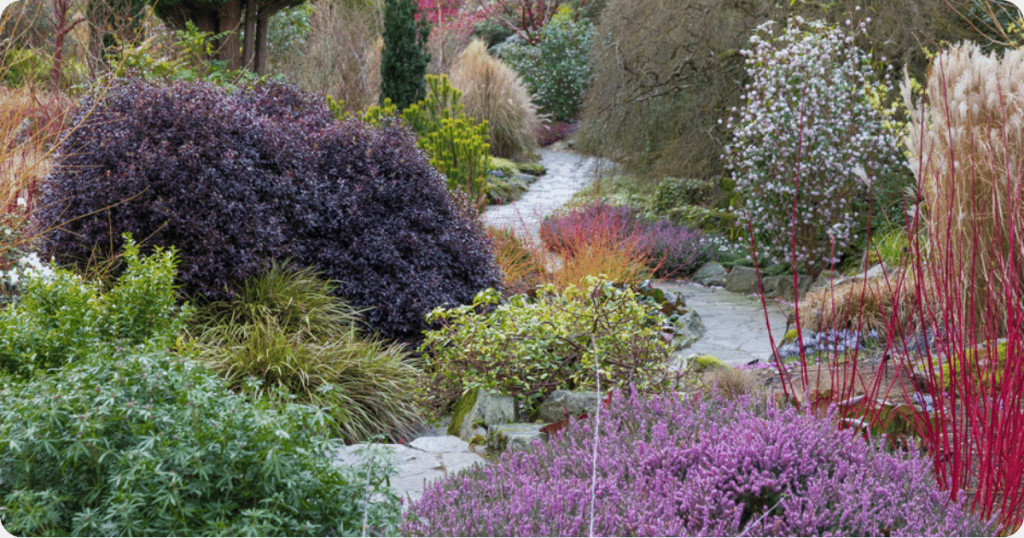
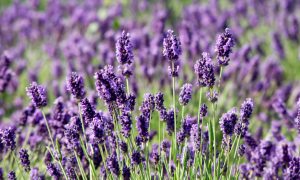 With careful planning, perhaps even visiting well-established gardens during the winter season and seeking guidance from your local nursery, you can plan for and enjoy a winter garden brimming with colour.
With careful planning, perhaps even visiting well-established gardens during the winter season and seeking guidance from your local nursery, you can plan for and enjoy a winter garden brimming with colour.
